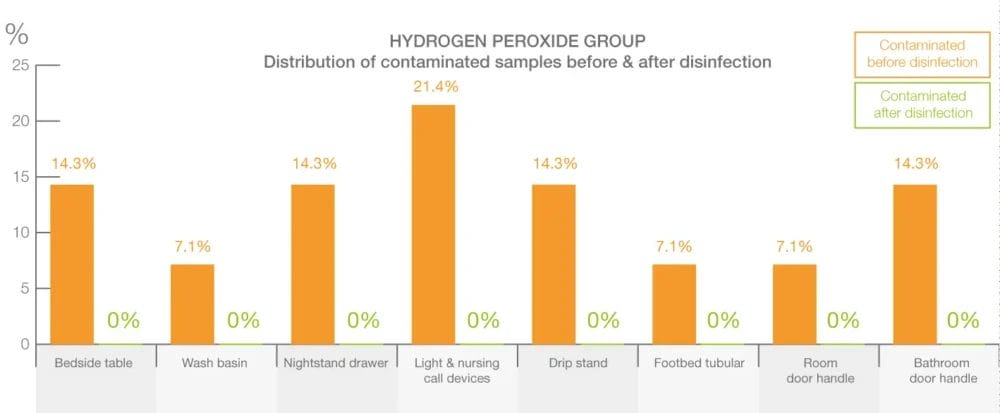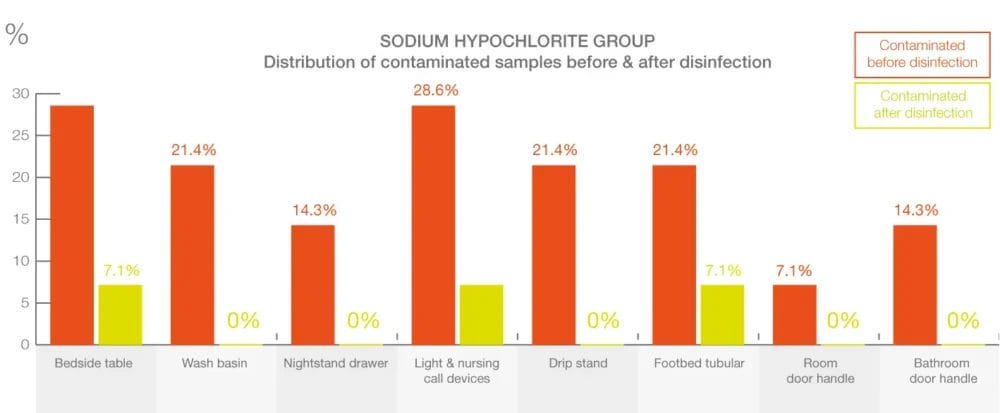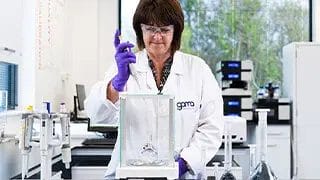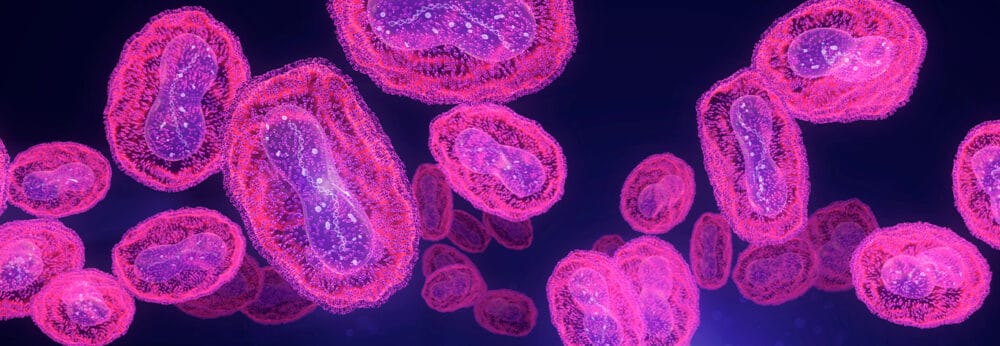Posted
30th June 2017
Research


A randomised multicentre trial in Italy published this month in the Journal of Hospital Infection has examined the effectiveness of automated hydrogen peroxide (AHP) supplemented with silver ions, and 5,000 ppm sodium hypochlorite (bleach) on Clostridium difficile (CD). Twenty-eight rooms previously occupied by patients with C. difficile infection (CDI) at four health facilities were randomised to either AHP or sodium hypochlorite disinfection. Prior to disinfection both rooms underwent a standard operating cleaning procedure to remove visible soil. Eight high-touch locations in each room were swabbed before and after disinfection to look for the presence of CD bacteria. Prior to the disinfection phase, CD was detected in 18 of the 28 rooms (64%) sampled, the most commonly contaminated sites being the light switch, nursing call device and the bedside table. This agrees with several other studies which have highlighted the presence of CD in the environment following discharge of CD positive patients.
Both disinfection methods were shown to significantly reduce CD contamination in the rooms, 50% contamination pre and 0% post decontamination in the HP arm and 79% contamination pre and 14% post decontamination in the bleach arm, although there was no statistically significant difference, probably because of the small sample size. The unblinded nature of the study means that housekeeping staff were aware that sampling was taking place and may have changed the way they approached the disinfection procedure in the bleach arm in order to compete with the automated system. We presume also that researchers carrying out the sampling were also aware of the disinfection methods as blinding is not referred to in the paper. Another interesting finding was that the average total time from a patient leaving a room to it being available for the next occupant was slightly longer with sodium hypochlorite in comparison to HP procedure, again possibly due to thoroughness of the staff cleaning with Chlorine as the average disinfection process for a room with Chlorine was 119 minutes.
The study highlights that both methods were effective at reducing CD contamination to a point, however it is interesting that even after a decontamination process that took nearly two hours, a significant number of rooms (14% in this case) remained positive post decontamination in the Chlorine arm, thus continuing to pose a risk to the next occupant. Additionally, a more detailed description of the bleach-based disinfection method used in the study would help the reader to interpret the results in the context of routine practice in the UK NHS. In addition, presenting clinical infection rates alongside these laboratory results would provide a valuable association with important clinical effectiveness outcomes.
SHARE THIS ARTICLE
Tags
Latest News
Celebrating 20 Years of GAMA Healthcare: Our Story
This month, GAMA Healthcare celebrates 20 years of helping prevent…
Norovirus: Understanding its transmission and prevention in the UK
Introduction Norovirus is recognised as the leading cause of viral gastroenteritis…
Clean Between to Reduce Healthcare-Associated Infections
Healthcare-associated infections (HAIs) are a significant concern for healthcare facilities…
Mpox: emergence of a new threat
A new threat related to mpox is emerging, in the…










